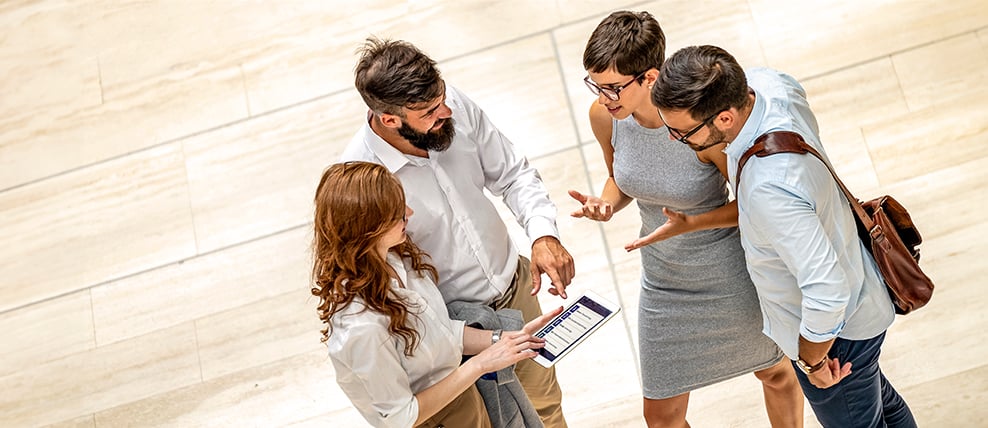Reinforcement: The Prosci ADKAR Model

1 Mins
Updated: January 14, 2025
Published: September 4, 2018

Reinforcement is the final building block of the Prosci ADKAR® Model, a simple but effective model for individual change made up of five building blocks of change:
It is a natural tendency to revert back to what we know. In fact, there is research emerging about how the brain functions that suggests it is not just a natural tendency but a physiological tendency. While making a change is difficult, sustaining a change can be even more difficult. This is why reinforcement is such a critical component of successful change. It encompasses the mechanisms and approaches so that the new way stays in place.
Taking the Time for Reinforcement
One of the reasons reinforcement can be difficult, from a change management perspective, is that once a change is finished, we are often already moving on to the next change. Acknowledge this fact, and the tendency to simply "move on" once a change goes live, and build the necessary mechanisms to reinforce a change.
It takes concerted effort and time to make sure a change stays in place. Given the scarce resources and change saturation that many organizations face, reinforcement efforts can often fall short. As the final building block of successful change, the focus on reinforcement needs to remain strong so that changes are sustained and deliver the expected results over time. You only know if a change was successful if you take a step back afterward and see if employees are actually doing their jobs differently.
Succeed with the ADKAR eBook Bundle
Explore the five building blocks that make up the ADKAR Model in greater detail and learn how they can help you elevate change success in your organization.
Building Reinforcement
Successful reinforcement may require:
- Celebrations
- Rewards and recognition
- Feedback
- Corrective actions
- Visible performance measurement
- Accountability mechanisms
Potential challenges and resisting factors
- Rewards not meaningful or not associated with achievement
- Absence of reinforcement for accomplishments
- Negative consequences including peer pressure for desired behavior
- Incentives that directly oppose the change
Tactics for fostering reinforcement
- Publicly visible performance scoreboards that positively show compliance to a new process
- Feedback from supervisors directly to employees, including saying "Thank you"
- Visible recognition by senior level sponsors
- Project-sponsored celebrations for employees
- Compensation and appraisal systems designed to support the change
Most organizations make a significant investment in helping people build the awareness, desire, knowledge, and ability to make a change successfully. But without understanding and proactively planning to reinforce a change after it has happened, you run the risk of that investment being wasted and the expected results from the change not fully being realized.


